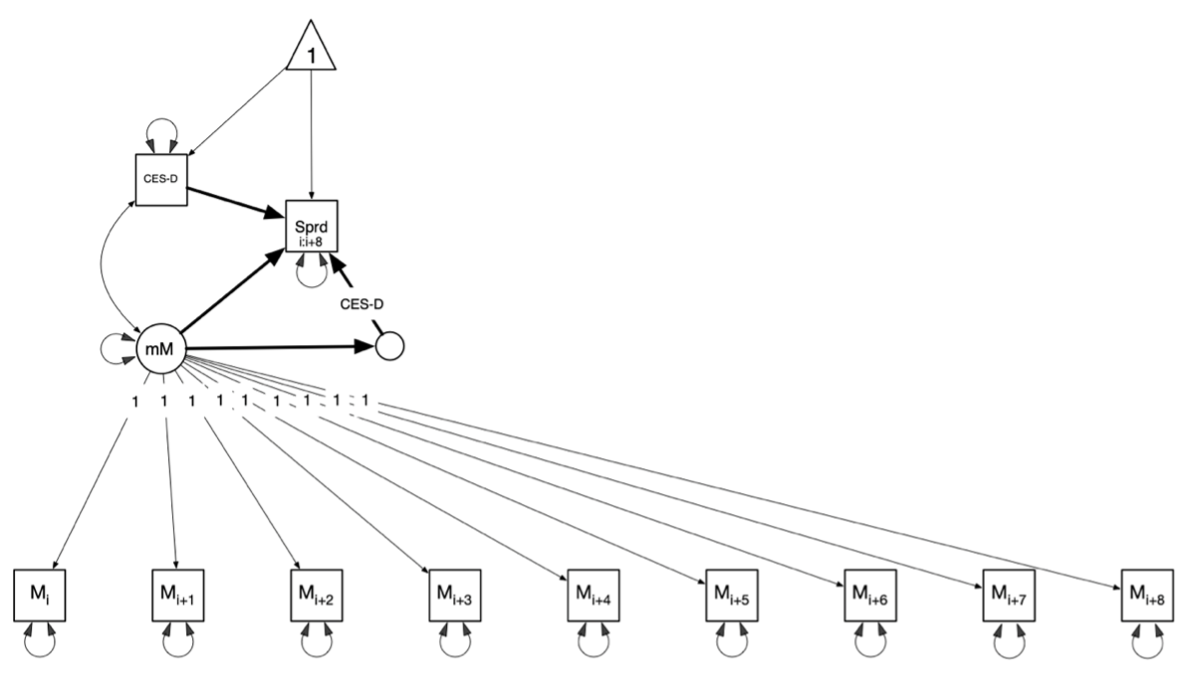Stability and Spread: Transition Metrics that are Robust to Time Interval Misspecification
DOI:
https://doi.org/10.35566/jbds/danielKeywords:
Time series, Ecological momentary assessment, Transitions, Binary data, Emotion regulation, SwitchingAbstract
Intensive longitudinal data collected via ecological momentary assessment (EMA) are often sampled with unequal time spacing between surveys. Given the popularity of EMA data, it is important to understand whether time series methods are robust to such time interval misspecification. The present study demonstrates via simulation that stability and spread—two metrics for quantifying different aspects of transitioning behavior within multivariate binary time series data—are unbiased when applied to data that are collected along an off/on burst sampling schedule, a between-person random sampling schedule, and a within-person random sampling schedule. These results held in randomly generated data with differing numbers of time series variables (k=10 and k=20) and in data simulated based on the proportions of observed data from a prior EMA study. Further, stability and spread demonstrated approximately 95% coverage for all between- and within-person random sampling schedules. However, coverage for stability and spread was poor in the off/on burst sampling schedules (around 67%). We also applied these transition metrics—which measure repetitiveness and diversity of transitions, respectively—to a foundational EMA dataset that was among the first to show that adults regularly use many different emotion regulation strategies throughout their daily life (Heiy & Cheavens, 2014). As hypothesized, we found a stronger positive relation between mood and higher stability/lower spread in emotion regulation among people with fewer depressive symptoms than those with more depressive symptoms. Taken together, stability and spread appear to be appropriate metrics to use with data collected using common unequal time spacing conditions and can be used to uncover theoretically consistent insights in real psychosocial data.









